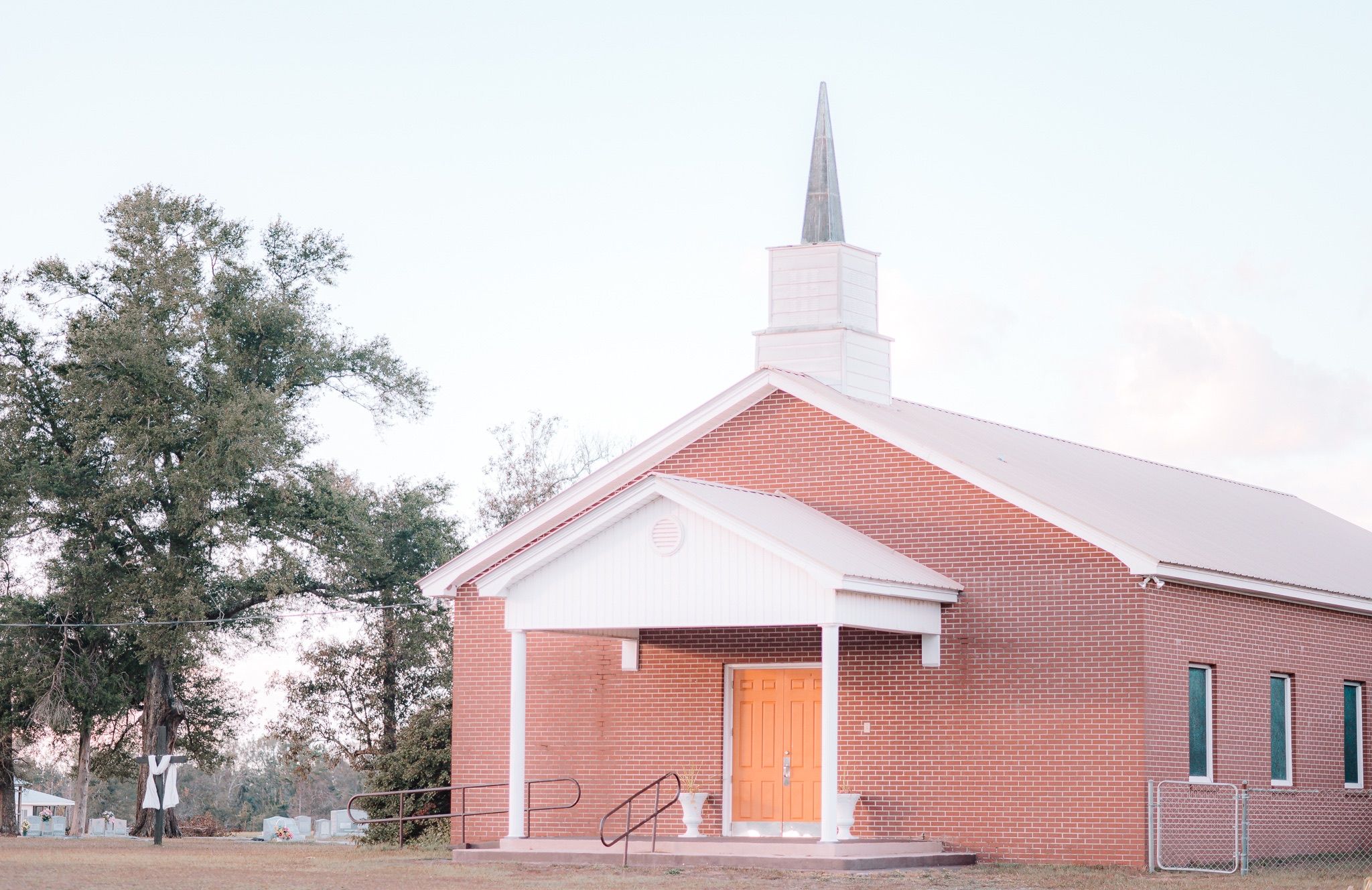Stages in a Replant: Watering
NOTE: THIS BLOG POST IS PART 3 IN A FIVE-PART SERIES ON THE STAGES OF A REPLANT.
Replanters and Revitalizers Must Water Seeds Faithfully
In our series, we have looked at 1 Corinthians 3:5-9 each week. This week, we will focus on the work of Apollos in verse 6: “I planted, Apollos watered, but God gave the increase.” What was the work of Apollos? What did it mean that he watered? Let’s see what the scriptures tell us about Apollos in Acts 18:24-28:
“Now a Jew named Apollos, a native of Alexandria, came to Ephesus. He was an eloquent man, competent in the Scriptures. He had been instructed in the way of the Lord. And being fervent in (the) spirit, he spoke and taught accurately the things concerning Jesus… he greatly helped those who through grace had believed, for he powerfully refuted the Jews in public, showing by the Scriptures that the Christ was Jesus.”
Apollos’ work was primarily in the work of discipleship. He was learned in the scriptures as he had been instructed in the ways of the Lord. Simply put, he had been discipled. This created a passion in him to also disciple others, as the word says he “helped” those who believed. Apollos proclaimed the gospel and was empowered by the Spirit for the help and edification of believers and the defense of the faith to skeptics and doubters. He performed that role intentionally – watering the gospel seeds that had been planted. 
If a church is not watering these gospel seeds, the church will remain at surface level, with no real growth or movement. And just like a seed that has taken root, if not nourished, the seed will eventually die. Both in Bob’s article and in Ep. 165 of the podcast, Replant Bootcamp talks about some components that may be absent from a declining church:
- Consistent and clear communication of the gospel message
- Exegetical teaching from God’s word
- Spirit empowered preaching
- Practical application of God’s truth to everyday life
- A powerful apologetic for Jesus in the culture
If we truly want to see growth in our work of ministry, we will have to commit to long-term, continual watering.
We have to be committed to the following:
- Sermon preparation and evaluation
- The centrality of the Gospel in their teaching
- The devotion to and reliance upon The Spirit in all of the processes involved in preaching (Prayer, Planning, Preparation and Proclamation)
- Equipping and challenging the congregation to respond in obedience in everyday life
Commitment and Consistency
Replanting and Revitalizing churches is not for quitters or “greener grass syndrome.” Once you start, you truly do have to be committed for the long-haul.
It takes the average person 7 times hearing the gospel before a conversion. It takes the average church replant
average person 7 times hearing the gospel before a conversion. It takes the average church replant
5-7 years to be self-sustaining. It takes explaining a vision for ministry again, and again, and again before a church finally sees what you see. Replants must have consistent leaders who will be faithful to the calling on their lives.
When farmers plant their seeds, it takes long, consistent work for the fields to bring a harvest. Sometimes there are cycles – years when crops produce and years where they don’t. You can’t let the difficult seasons turn you away quickly. There is a sense in which replanters and revitalization must have “thick skin” and bear the complaints of some to endure and produce a harvest for later.
The Grueling, Dirty, but Necessary Work of Discipleship
Earlier this year, I had the opportunity to finally lead a friend to Christ. We had an encounter months ago that was a divine appointment from God. It began a friendship over several months that resulted in him making a profession of faith and getting baptized alongside his partner. We had spent so much time together and I was witnessing a dramatic change in this young man’s life. And then, life got busy.

Life got busy for both of us, and everytime we tried to find time to hang out, we struggled to connect. After a while, I started noticing that our friendship was drifting, and he was falling out of regular fellowship with the church. But in God’s own time and in his own way, he’s brought us together again. When I had the chance to lead him to Christ, I told myself, “My life is committed to this brother. And the calling God’s given me is to disciple him.”
Where did this discipleship-mentality come from? It came from an elderly man named Cleo. During my freshman year of college, I began visiting a church. Cleo decided that for a year, he would pour his life and soul into me, and teach me how to obey Christ. Cleo helped me understand that discipleship was woven into the fabric of scripture. He taught me what Christ meant when he said, “Follow me,” and, “…teach them to observe everything I’ve commanded.” The impact he made in my life has been an eternal impact. Because of him, I want to pour my life and soul into others.

Disciple-Making 101
In the past decade, there has been a major uptick in the work of disciple-making. In a previous generation of Christian living, much of the emphasis on Christian responsibility has been in the world of evangelism. But these two worlds should never have been disconnected, for in the Great Commission, Jesus explains how a disciple is made.
“Go and make disciples of all nations, baptizing them in the name of the Father, the Son, and the Holy Spirit, teaching them to observe everything I have commanded.” (Matthew 28:19)
Most scholars will agree that the main focus of this passage is on the Greek word mattetuous or make disciples. If this is true, we should find in the text an answer to this question: How is a disciple made? Jesus explains that it is by going, baptizing, and teaching. Going is related to Evangelism, and teaching all things is related to the word Discipleship.
Simply put, here’s how a disciple is made: Go to them with the gospel. When they convert, baptize them as a public declaration of their new identity. Then, start the hard work of teaching them to obey Christ. Therefore, the work of making disciples includes both evangelism and discipleship, not one without the other.
Let’s say you and your spouse have news of pregnancy. You might “prepare the ground” by getting ready to have a child: you buy a bassinet, decorate a bedroom, and purchase diapers and wipes. Then, that child comes into the world. When you bring the baby back home, what happens next? Do you leave it alone, hoping it will find its way in this world? In the words of Paul, “God forbid!” You would take care of that child by nurturing, caring, feeding, giving it safety, as he or she grows and matures year after year.
Even then, we never finish the process. In his book Multiply, Francis Chan says, “It’s much like raising a child: though there comes a day when she is ready to be on her own, the relationship doesn’t end. The friendship continues, and there will always be times when guidance and encouragement are still needed. In addition to that, God continually brings new people into our path, giving us fresh opportunities to start discipleship all over again.”
Water is Needed for Survival
Human beings cannot survive 3 days without water. Plants can shrivel up and die if they aren’t given enough water. And just like seeds have to be cultivated with water to grow, so do we. Except our spiritual nourishment does not come from Dasani or Aquafina. Our spiritual nourishment comes from continually feeding and drinking in the word of God as others teach and share with us.
When we are connected to the written word, we are connected to the Living Word. In the words of Jesus, “Abide in me, and I in you. As the branch cannot bear fruit by itself, unless it abides in the vine, neither can you, unless you abide in me. I am the vine; you are the branches. Whoever abides in me and I in him, he it is that bears much fruit, for apart from me you can do nothing.” (John 15:4-5)

If you’re looking for the perfect model of watering seeds in discipleship, look no further than the Lord Jesus Christ. Jesus spent nearly three years with his followers, teaching them, feeding them the word, explaining to them, being patient with them, and leading them. It was a difficult work. The disciples often fell into pride and sin, but Jesus did not give up on them. And we cannot give up on watering seeds and investing into the lives of others around us. If God uses his church as a vehicle to reach the lost, he uses his followers to disciple others in the faith.
For more information on watering seeds, discipleship, and growth in the faith, check out the following resources: Multiply, Growing Up, Rediscovering Discipleship, Discipleship Essentials, Transforming Discipleship, and The Master Plan of Discipleship. Among the plethora of others, The Navigators have great discipleship resources, as well as TGC.

















